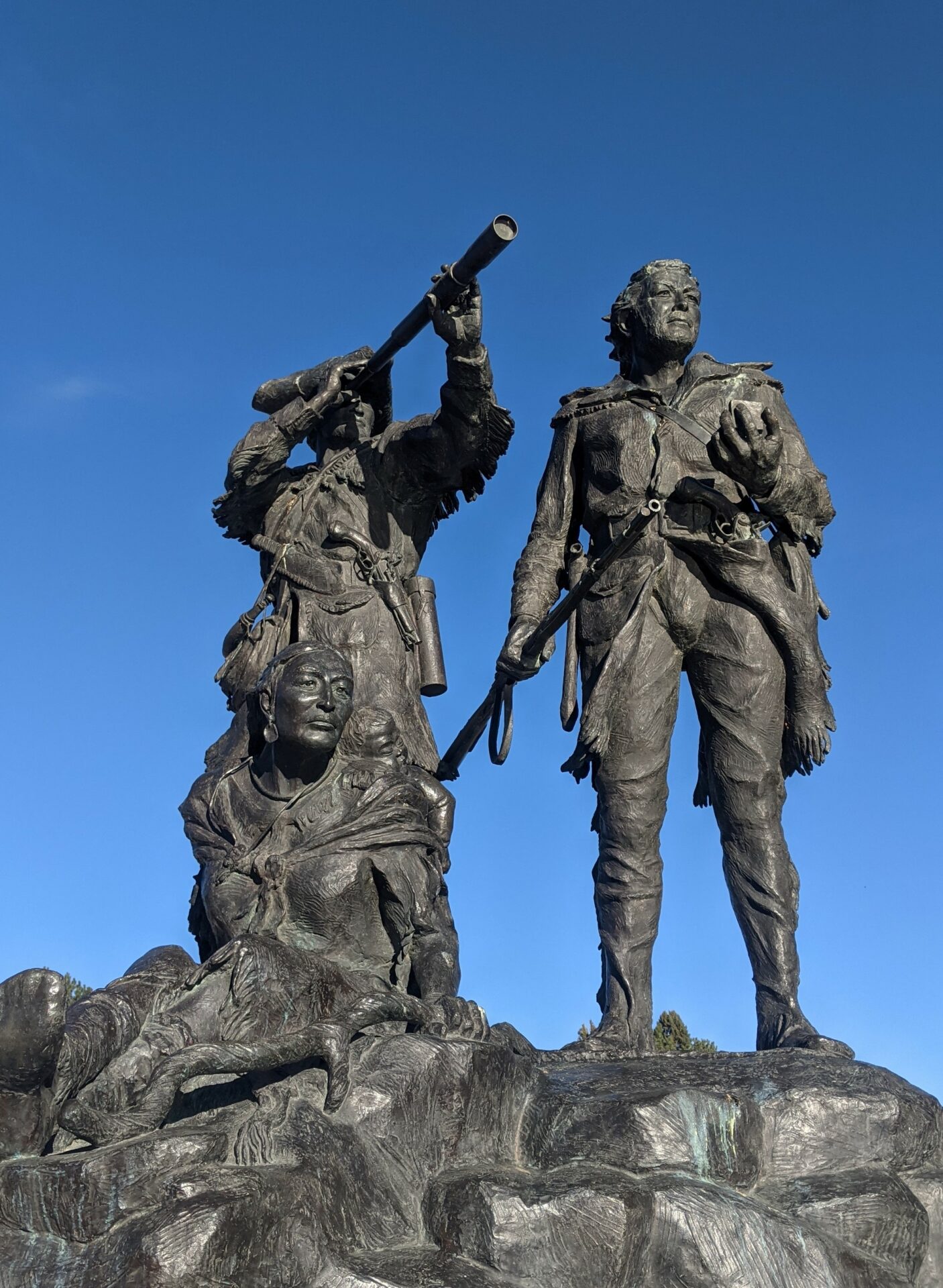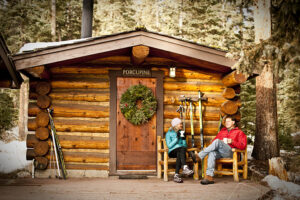In 1803, United States President Thomas Jefferson struck an historic deal with the French known as the “Louisiana Purchase”, acquiring a massive area of land for just 15 million dollars. The French territory stretched from the mouth of the Mississippi River all the way to the Rocky Mountains. In total, 15 American states and 2 Canadian provinces contain land once recognized as part of this massive real estate deal.
Jefferson wanted to better understand the territory that now made up nearly half of the land within the United States’ borders. He tapped his personal secretary and close ally Meriwether Lewis to lead an expedition deep into the territory, founding the “Corps of Discovery”.
Lewis, recognized the intense challenge that lay before him and called upon fellow Virginian, and Army friend William Clark to be his equal in command for the journey. For their trek up the Missouri River, they would need a vessel equal to the task.
Lewis and Clark’s Keelboat
According to Lewis’s journals, he was deeply involved in the design and construction of the expedition’s primary vessel, the keelboat. 55 feet long, with a 32-foot high mast, and a hold capacity of 12 tons, the keelboat was similar to boats that were popularly used to traverse waterways in the Eastern part of the continent, but boats like this had never been taken so far into the west.
The ship was versatile. It could be propelled by oars, sails, poles, and towlines, depending on the conditions. Built in a Pittsburgh boat yard by a builder Lewis described as a drunk, the keelboat’s construction required constant supervision by Lewis in order to reach a timely completion.
After a long winter, the Discover Corps launched their expedition on May 14th, 1804 from Camp Dubois near Saint Louis. An arduous, danger-fraught adventure awaited the crew of 41. Their story of discovery is forever intertwined with America’s westward expansion.
A replica of Lewis and Clark’s legendary keelboat can be found today at the Lewis and Clark State Historic Site in Hartford, IL.



